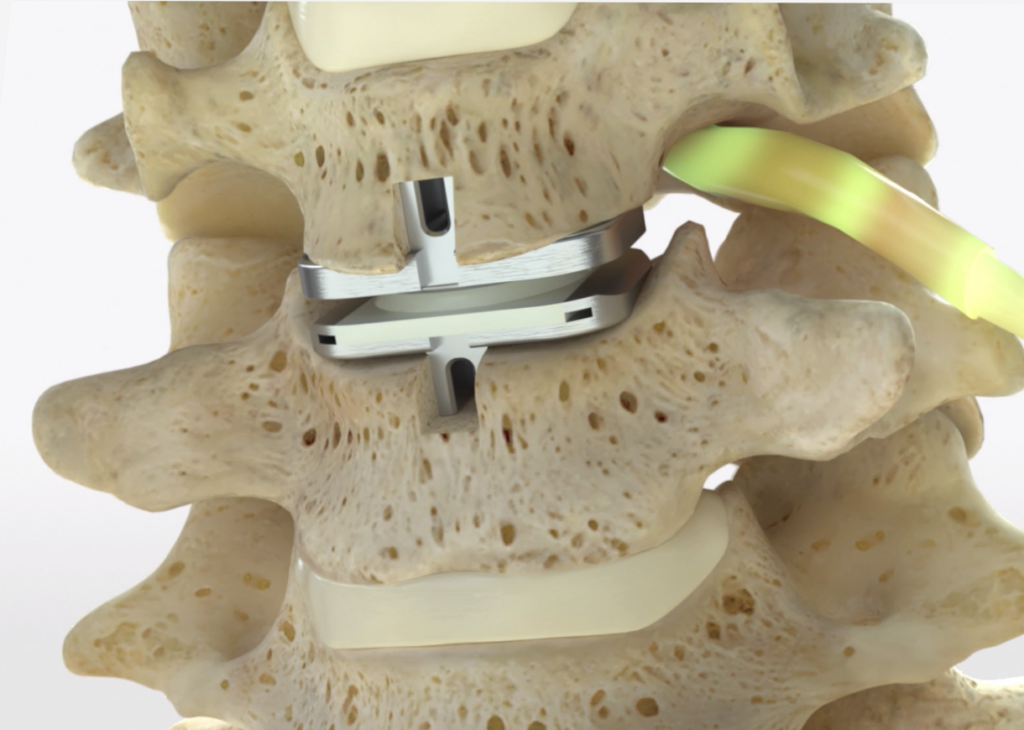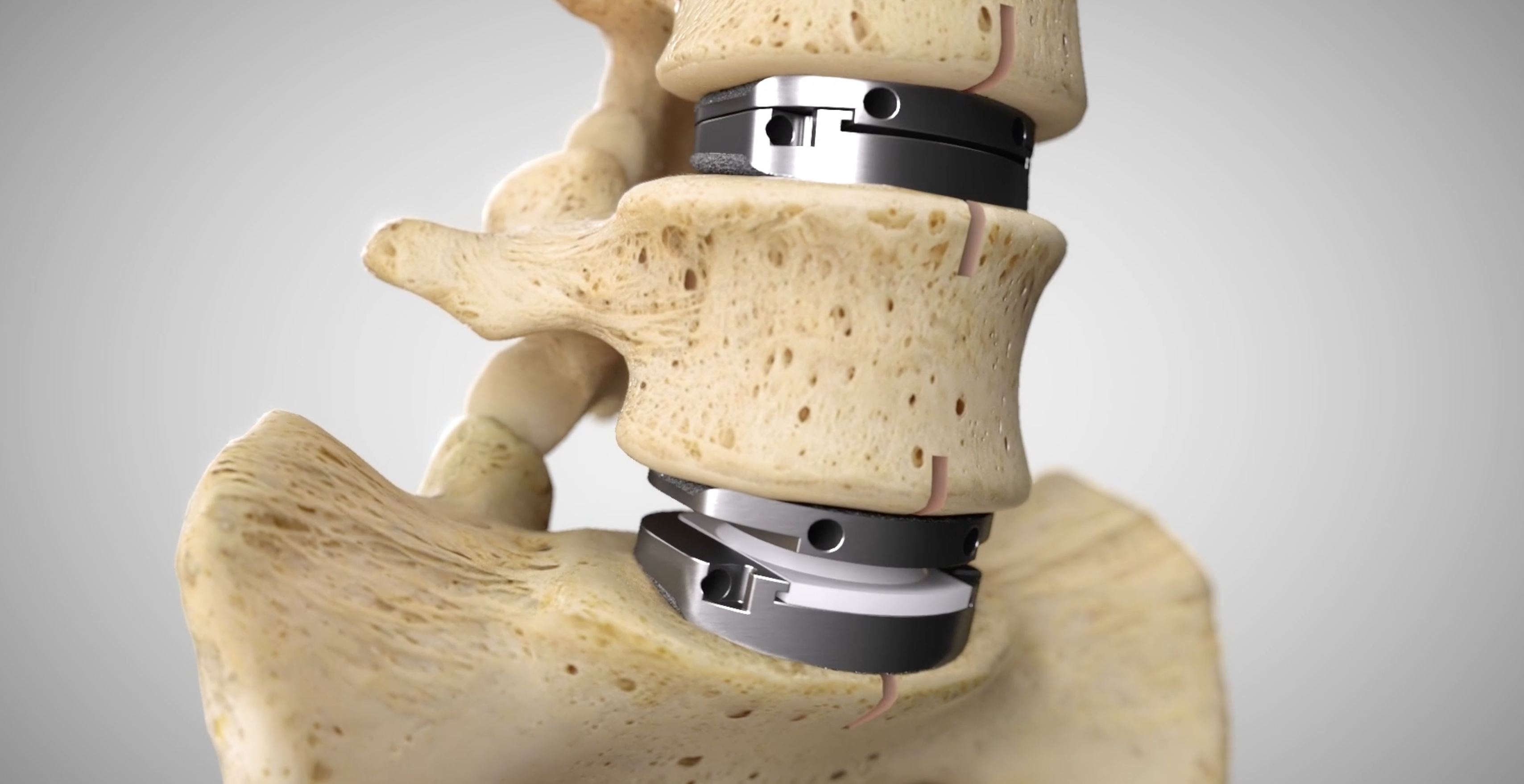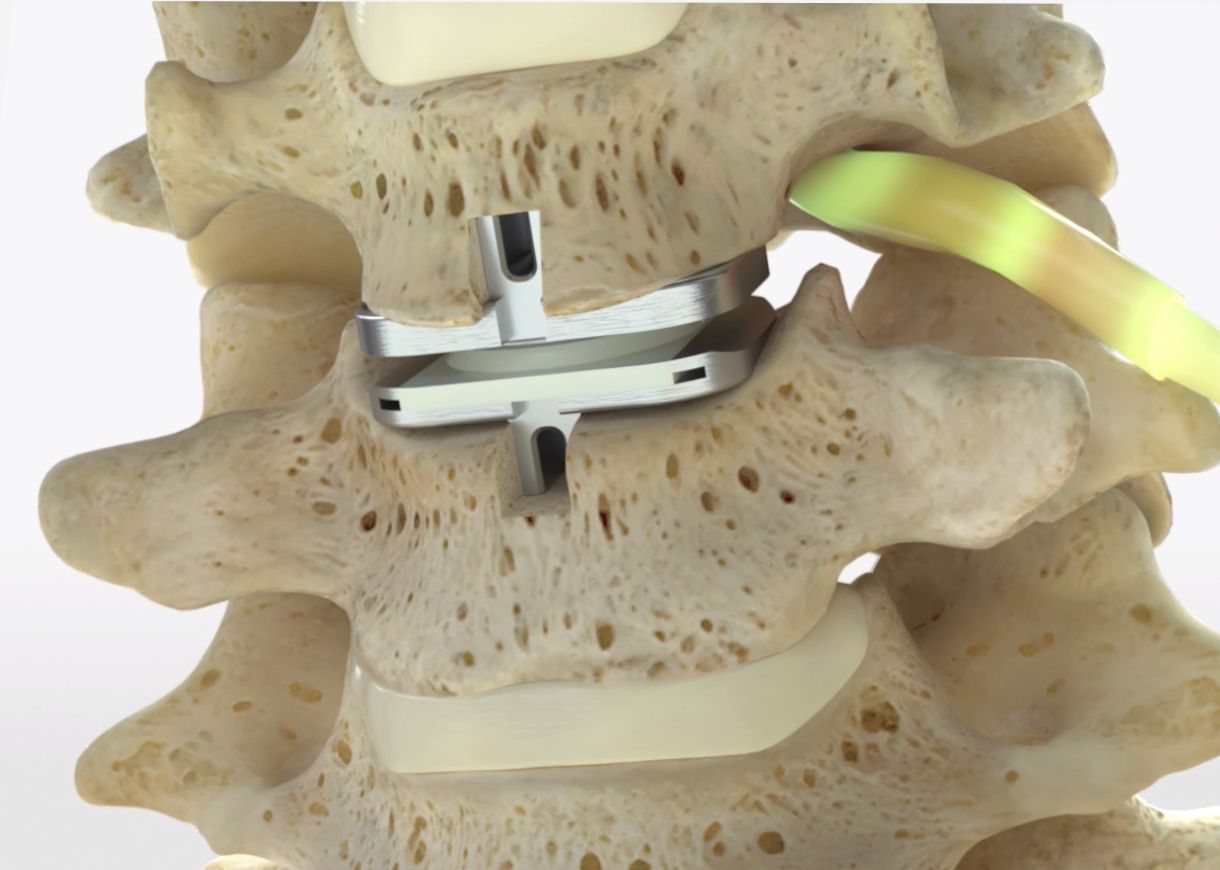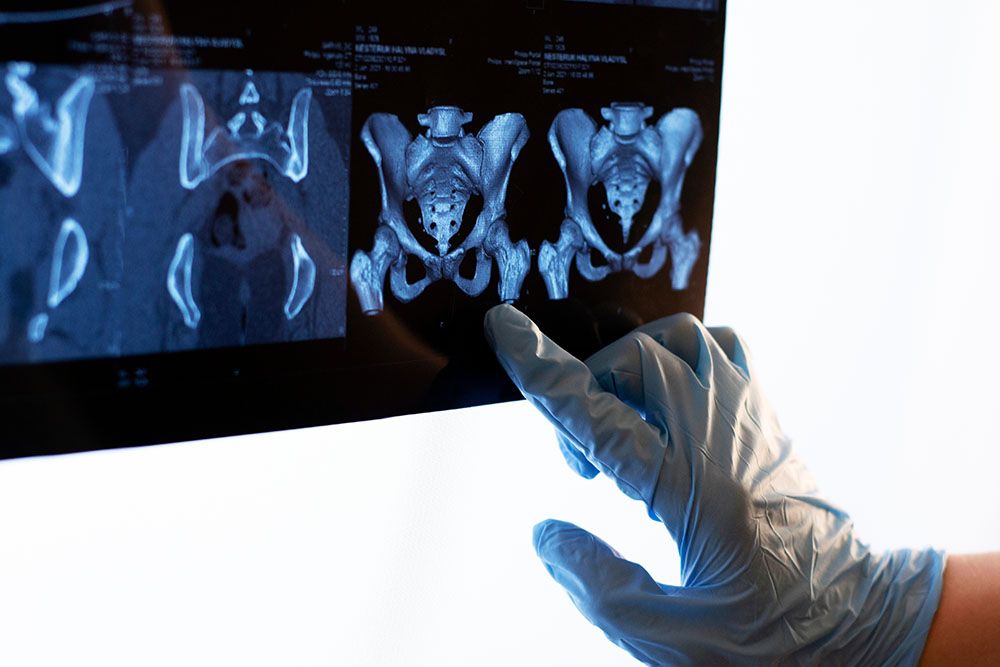Neck pain is a widespread and often debilitating condition affecting millions of people worldwide. It can stem from various causes, including degenerative disc disease, herniated discs, and spinal stenosis.
While traditional treatments like physical therapy and medication can offer relief for some, others may require more advanced interventions, such as cervical artificial disc replacement.
SWAN Brain & Spine—a leading provider of spine care in Arizona—is at the forefront of this innovative procedure, offering hope and renewed mobility to those suffering from chronic neck pain.
What is Cervical Artificial Disc Replacement (Total Disc Arthroplasty)?
The cervical spine in the neck consists of seven vertebrae separated by intervertebral discs that act as shock absorbers and allow for movement. Over time, these discs can wear down or become injured, leading to pain, stiffness, and reduced range of motion.
Cervical disc replacement—also known as total disc arthroplasty or artificial disc replacement—is a motion-preserving surgical procedure that addresses cervical disc damage and pain. Here are specific conditions where artificial disc replacement surgery is recommended:
- Degenerative disc disease
- Herniated cervical disc
- Cervical radiculopathy
- Cervical myelopathy
During the surgery, your damaged disc is replaced with a new disc device. The artificial disc implant mimics the function of a healthy disc, providing cushioning and support while allowing the vertebrae to move freely.
Advantages of Cervical Disc Replacement over a Spinal Fusion?
Motion preservation
Unlike spinal fusion, which restricts movement by fusing adjacent vertebrae, disc replacement allows the neck to have a full range of motion, including circling and swiveling.
Reduced recovery time
A shorter recovery period means that you can return to your daily activities sooner.
Minimized discomfort
This minimally invasive spinal surgery results in reduced post-surgery discomfort.
Limits future spinal issues
Disc replacement decreases the risk of adjacent segment degeneration, a risk associated with spinal fusion.
Who are the ideal candidates for Cervical Disc Replacement?
Ideal candidates for a cervical disc replacement with Dr. Moon and Dr. Chowdhary should typically meet the following criteria:
- Individuals with confirmed cervical disc disease, such as degenerative disc disease or a herniated disc, are potential candidates for this procedure.
- Patients experiencing radiculopathy (nerve root compression) or myelopathy (spinal cord compression) caused by the damaged disc.
- Patients who have tried non-surgical treatment options without significant relief.
- Patients with single or two-level disc disease in the cervical spine. Patients with multi-level disease may still be considered, but the procedure’s effectiveness may vary.
- The patient should be in good health, without a history of previous cervical spine surgery and a history of spinal instability or deformity.
It’s important to note that these are general guidelines, and the decision to pursue an artificial disc replacement surgery is ultimately based on a thorough evaluation by your qualified spine surgeon.
Dr. Moon and Dr. Chowdhary, our esteemed spine surgeons at SWAN Brain & Spine, will consider the patient’s needs, medical history, and the specific characteristics of their cervical disc disease to determine if the procedure is the right treatment option.
What can you expect during a Cervical Disc Replacement?
At SWAN Brain & Spine, the cervical artificial disc replacement procedure is a well-structured, patient-centered experience designed to optimize outcomes and minimize discomfort.
Here’s what you can generally expect:
Pre-operative evaluation
Your journey begins with a comprehensive consultation. Our Doctors will review your medical history, discuss your symptoms, and perform a physical examination.
Diagnostic tests like MRI or CT scans will be ordered to assess the extent of your cervical disc disease and confirm your candidacy for an arthroplasty.
Additionally, you will receive detailed instructions on how to prepare for surgery, including dietary restrictions and medication adjustments.
During surgery
You will be admitted to the hospital or surgical center on the day of your procedure.
- General anesthesia will be administered to ensure you are comfortable and pain-free during the surgery.
- A small incision will be made in the front of your neck to access the damaged disc.
- Your surgeon will carefully remove the damaged disc, creating space for the artificial disc.
- The artificial disc, designed to mimic the natural movement of a healthy disc, will be inserted and secured in place. Our surgeon will use the Prodisc C device as a cervical implant.
- The incision will be closed with sutures or surgical staples.
Post-operative recovery
You will be monitored in the recovery room as you wake up from anesthesia. Depending on your case, you may go home the same day or stay overnight for observation.
Pain medication will be prescribed to manage any discomfort. You may be advised to start physical therapy to help regain strength and mobility in your neck.
Furthermore, you will have scheduled follow-up appointments with us to monitor your progress and ensure proper healing.
*More specific details about recovery would be discussed in person
Prodisc C Total Disc Replacement
The treatment goal of the Prodisc C total disc replacement is to restore the spine’s normal dynamic function and significantly reduce pain.
The function of the spine is restored through the mechanism of action of the device. Pain reduction is achieved through the re-establishment of the disc height and maintained by the prosthesis.
The increase in height and the elimination of the herniated disc “opens” constricted nerve paths, and the vertebral joints are restored to their physiological position.
Prior to the development of artificial discs, the only surgical option was fusion, in which adjacent vertebral bodies are permanently “fused together” using implants, bone chips, and/or cages.
Prodisc C aims to maintain mobility at the affected intervertebral disc and reduce the extra loading on the adjacent intervertebral discs.
Our experienced surgeons and non-surgical team will guide you through every step, ensuring a safe and effective surgery with optimal recovery. (Learn more about Prodisc C for total disc replacement).
SWAN Brain & Spine: Your Destination for Unparalleled Spinal Care
At SWAN Brain & Spine, we understand the debilitating nature of chronic back pain. That’s why our team of highly trained spine specialists is ready to be your partner in achieving a pain-free, active life.




